The adventure began, like all good culinary adventures, at the supermarket.
Many Dominicans buy their goods from nearby colmados or sometimes passing "marchenas," local women who travel through the streets (usually on donkeys, but sometimes with wheel barrows) shouting out their wares.
Plus, air conditioning.
Those are two very magical words in the D.R.
Above, we've got mangos (finally in season, yes!!!!), and zapotes...an odd pumpkin-y fruit.
Which brings me back to the pollo guisado with moro!
Well anyways, I found myself a real Dominican (a friend of mine) and he dragged my all through La Sirena looking for our ingredients.
I tried to get Diego to explain to me the process paso a paso of making pollo guisado with moro, but that plan did not work out at all. Turns out Diego is more of a tosser...you know...one of those people that continuously tosses things into a pot until it tastes right. No measurements, no recipe...not even a real method as far as I could see. Part of the veggies went into the pot at the beginning, some of them went in a little later, and some of them went in later still. "Why don´t you put all the veggies in at one time? What are you going to do with these extra veggies?" I kept pestering. But he just laughed and said, "Tranquila!" Every time I turned around he was tossing something new into one of the pots or asking for another random ingredient. "Do you have olives?" "I need some rum." "Hmmm, more celery I think!"
Since I couldn´t get the whole recipe out of Diego (which makes perfect sense actually, since the D.R. has a primarily oral culture, meaning stories and recipes and traditions are passed down by word or mouth and learning processes rather than written down) I did a little research and found what seems like a really good pollo guisado recipe online. Try it out and let me know what you think!
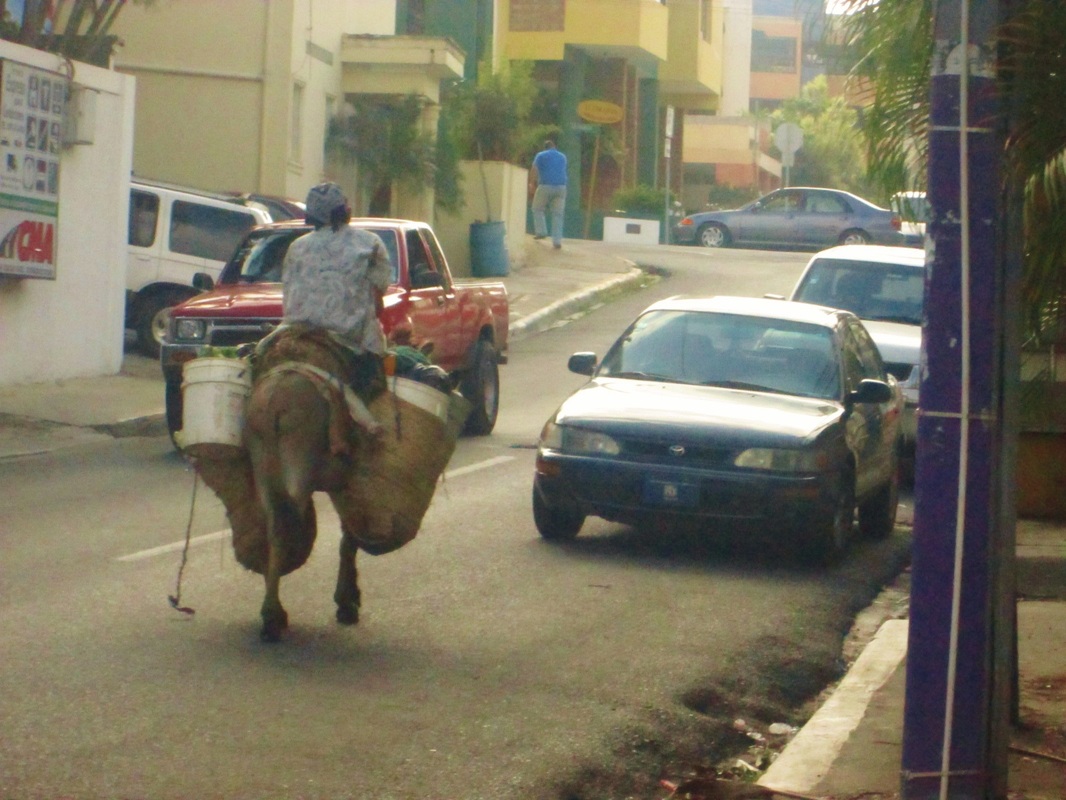
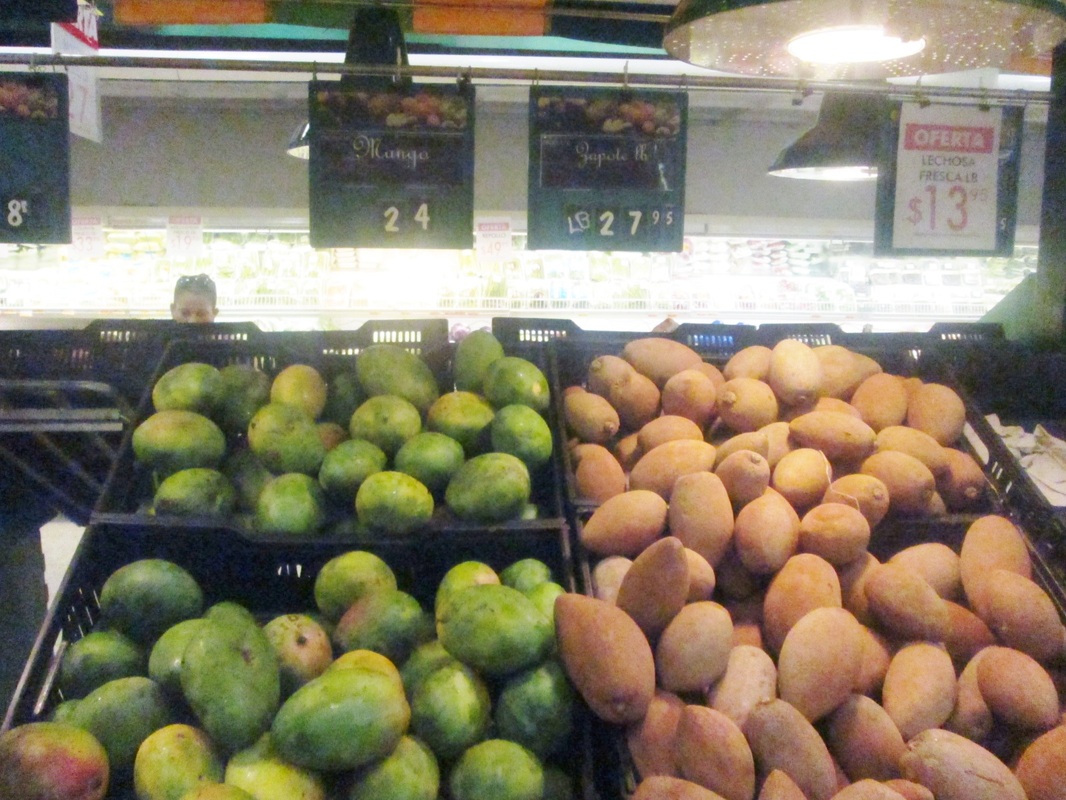
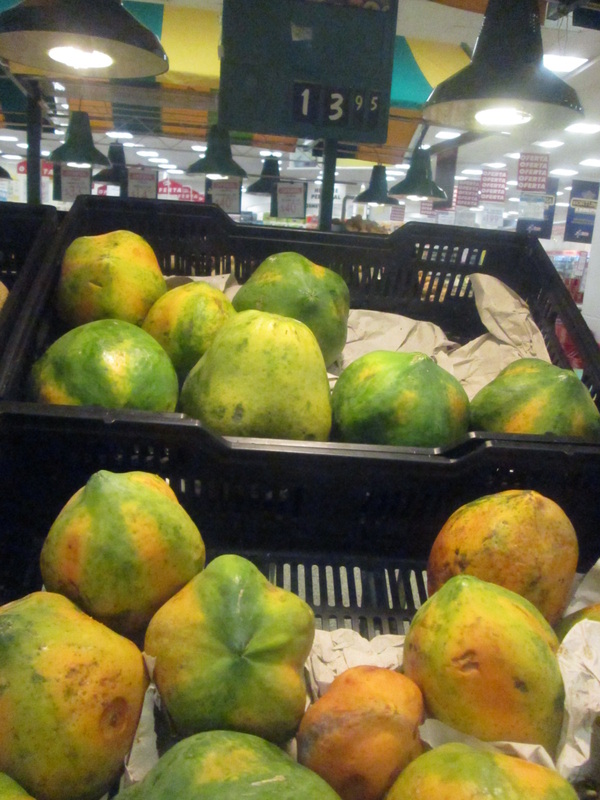
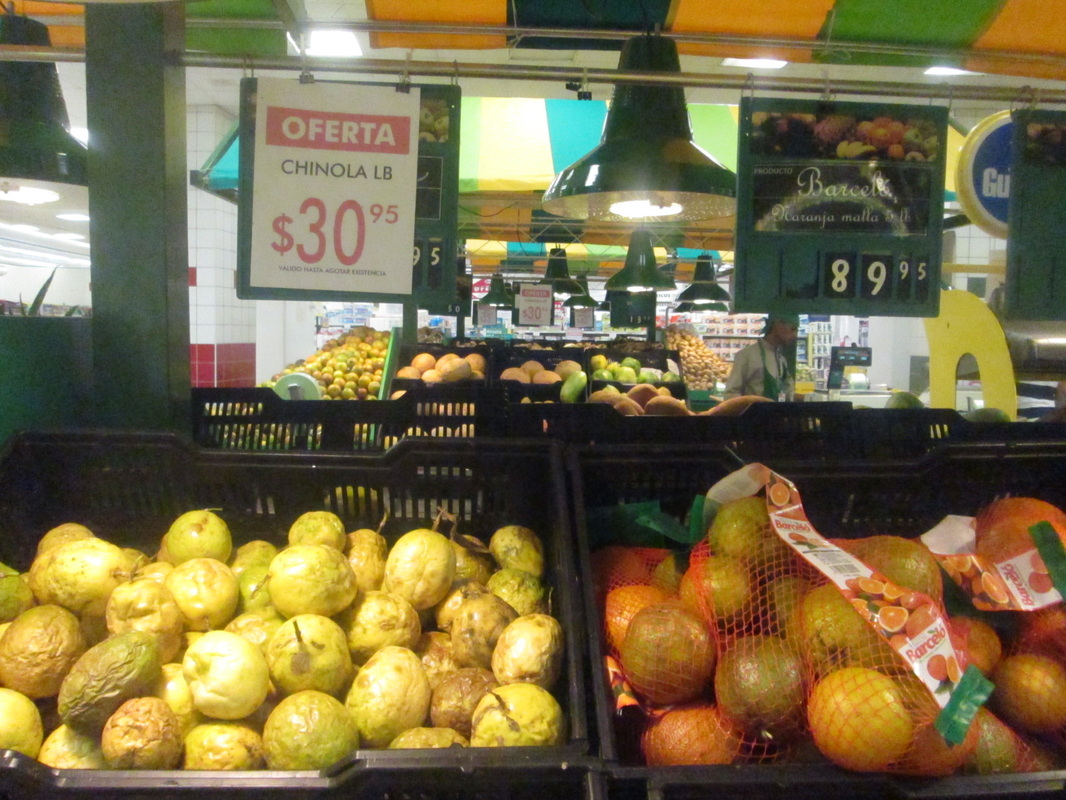
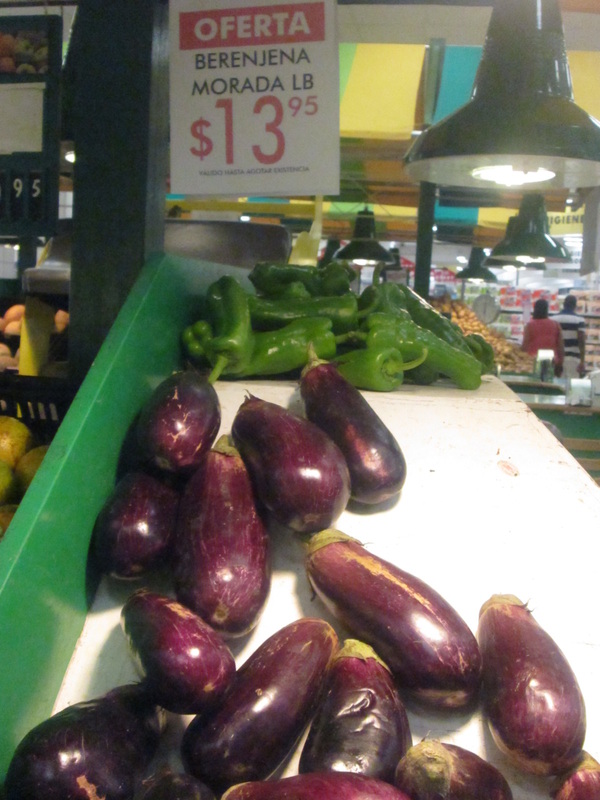
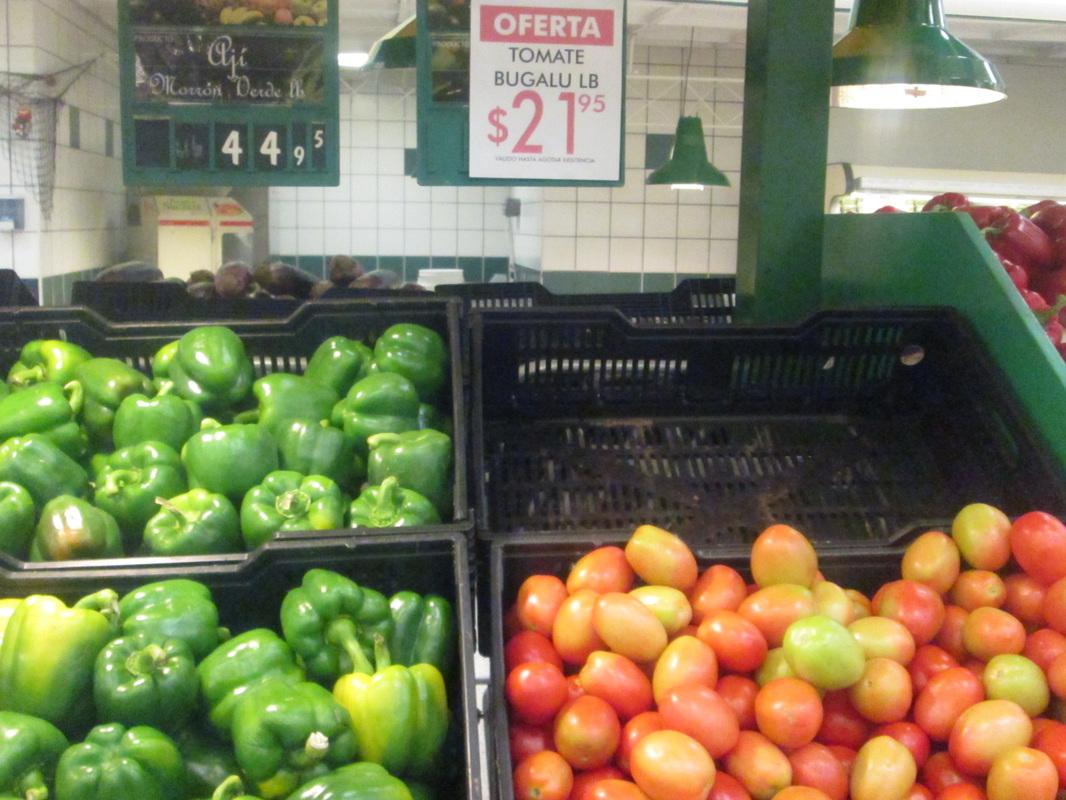
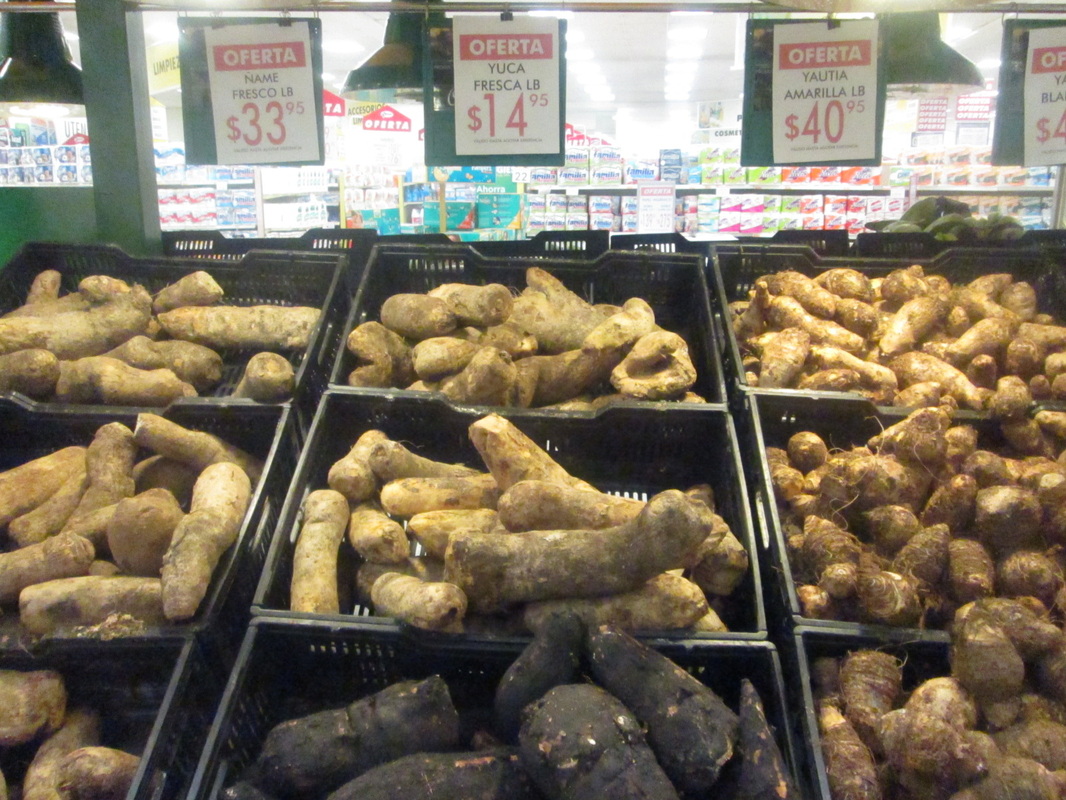
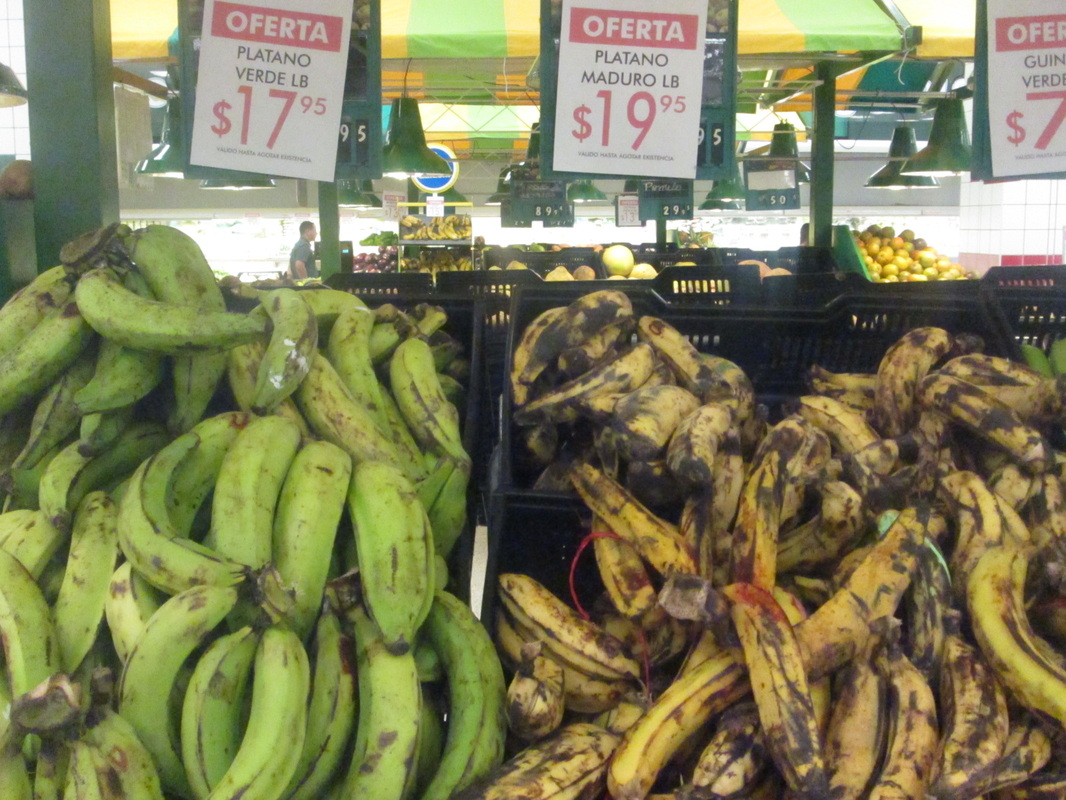
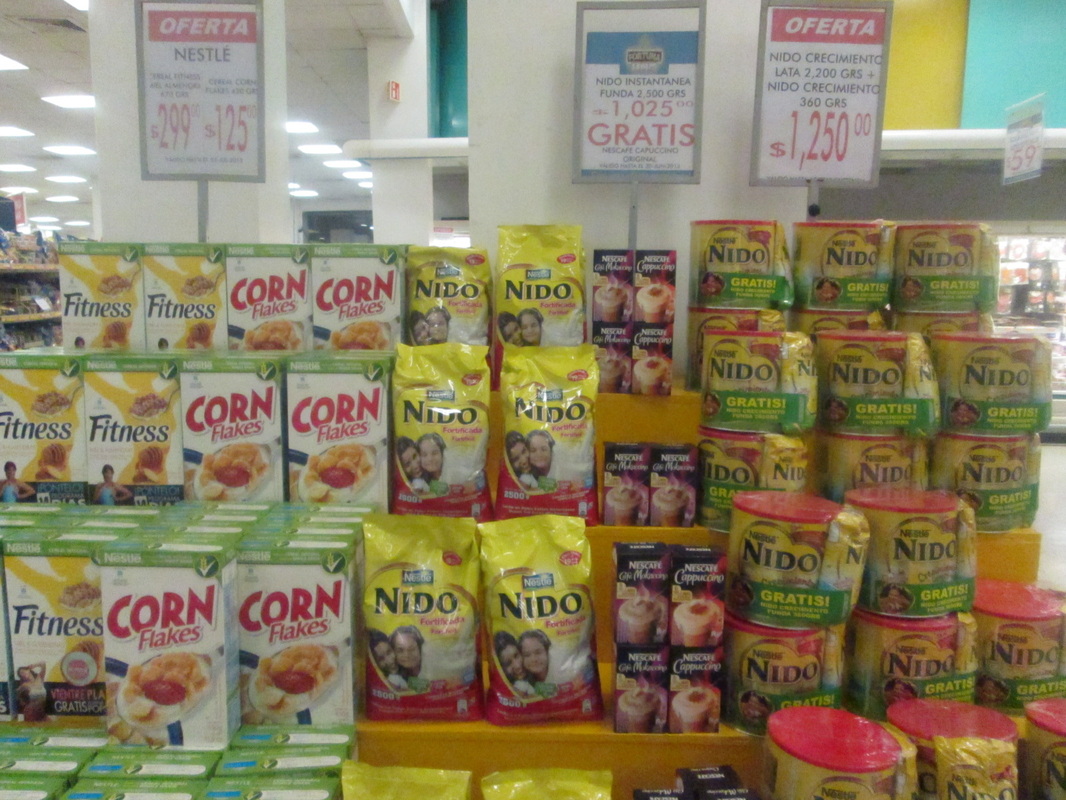
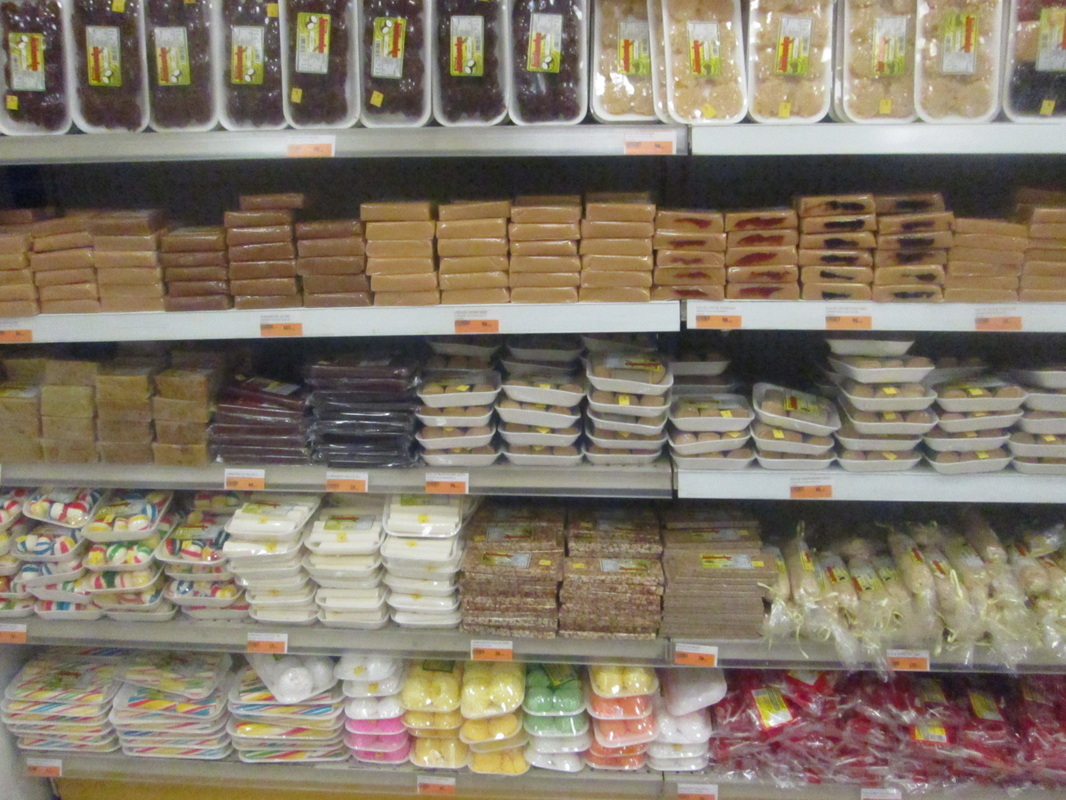
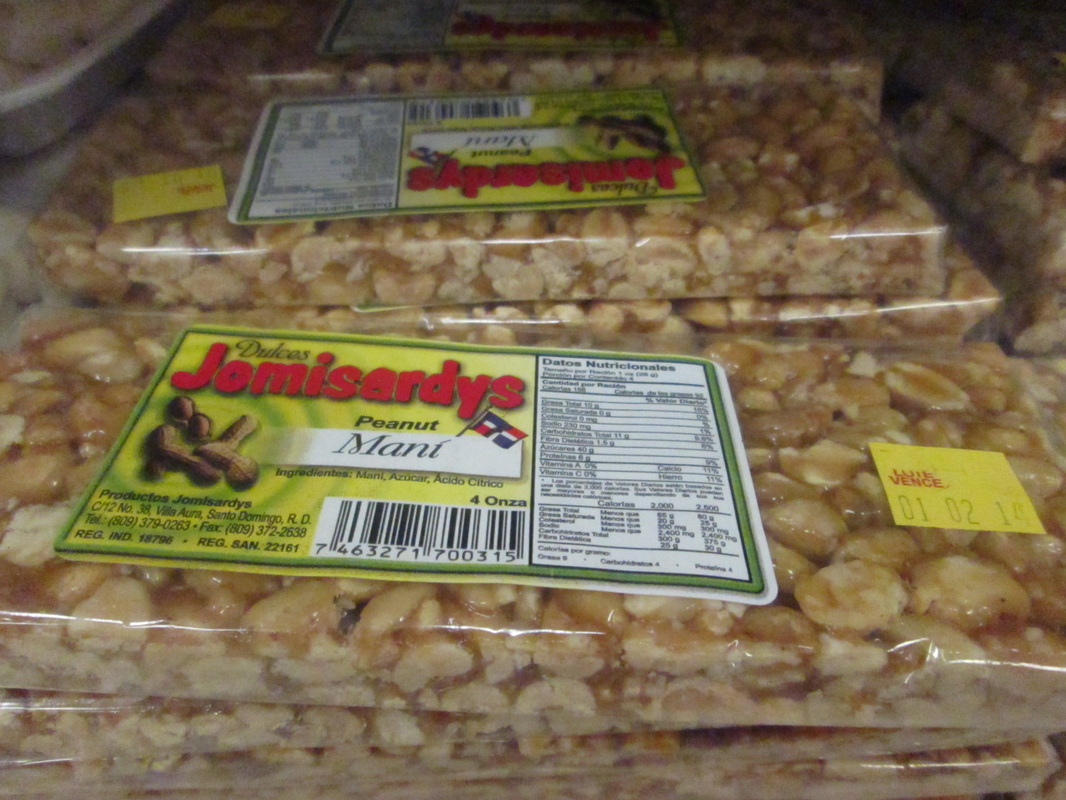
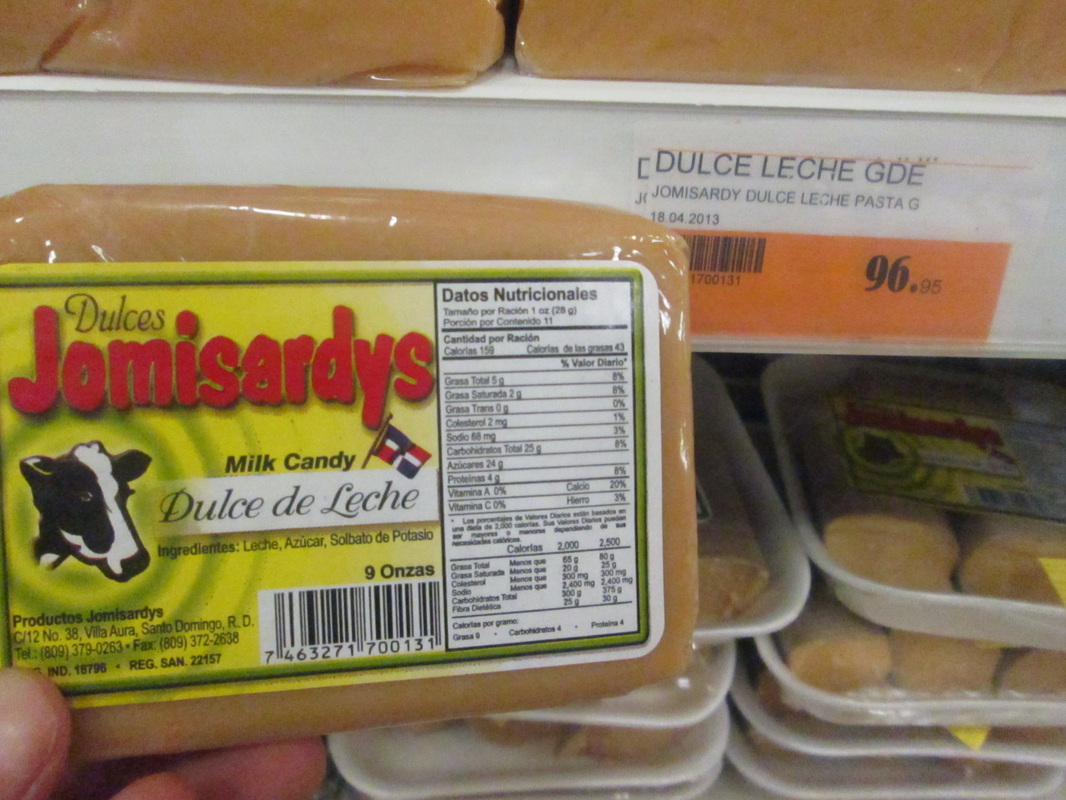
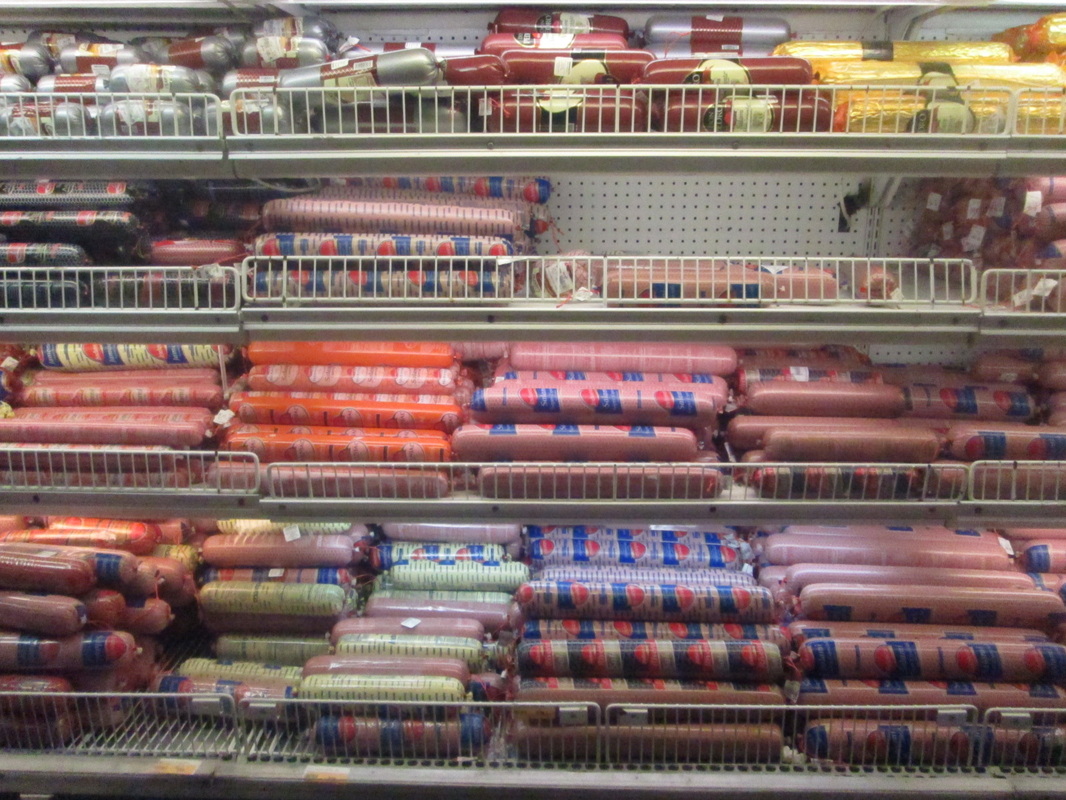
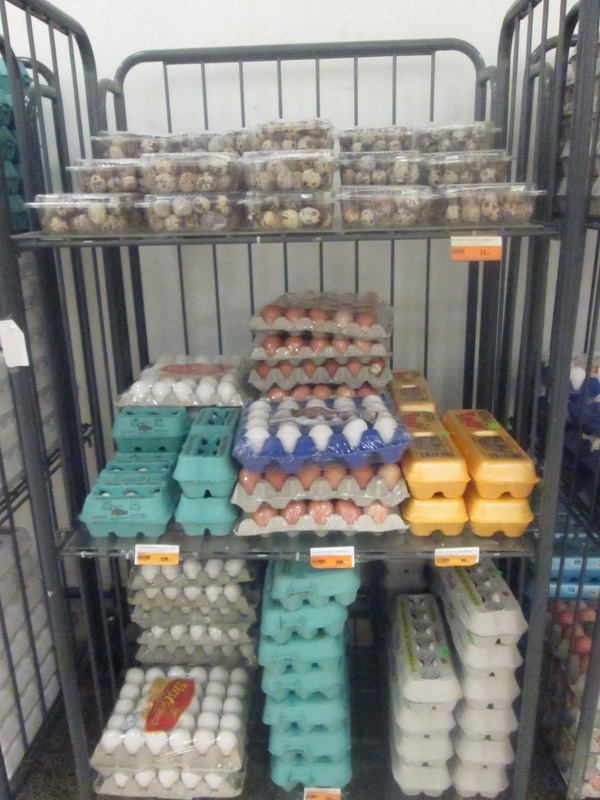
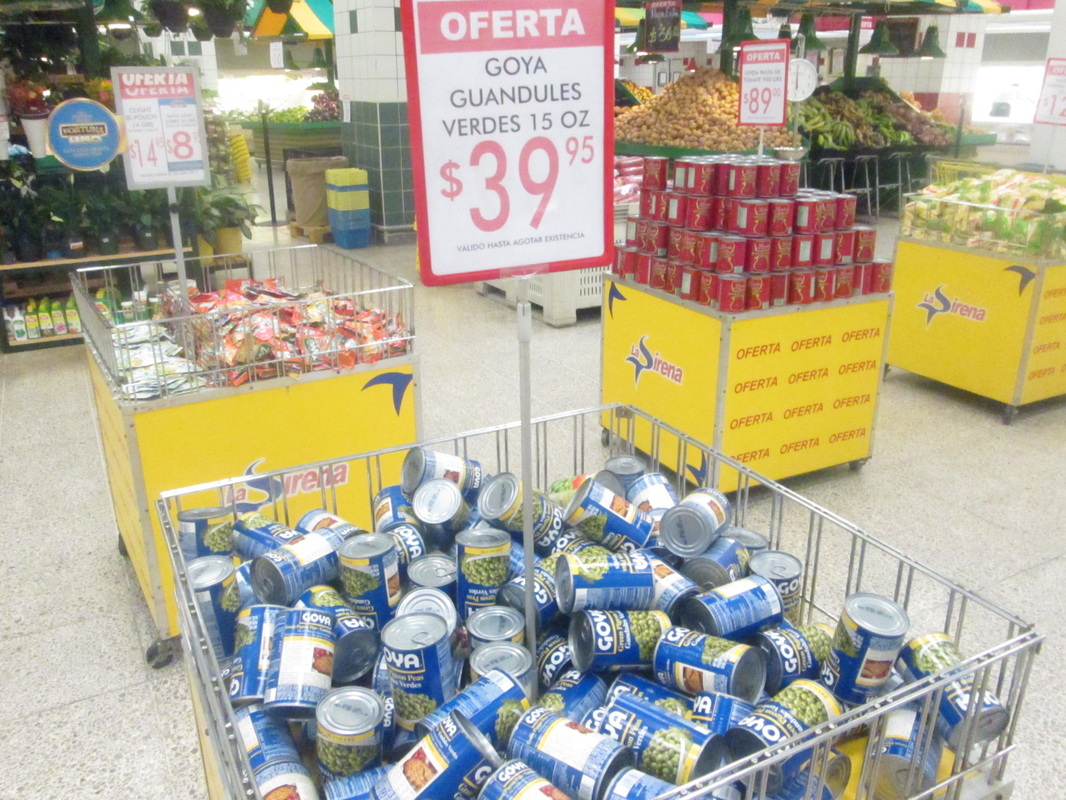
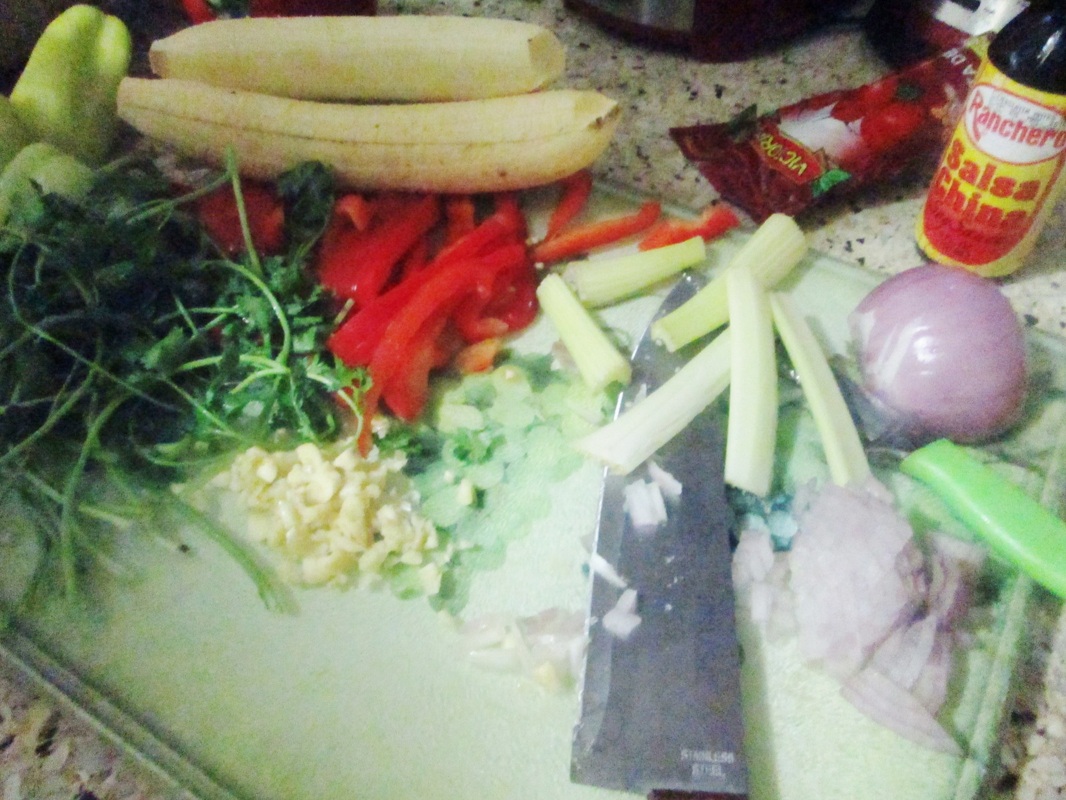
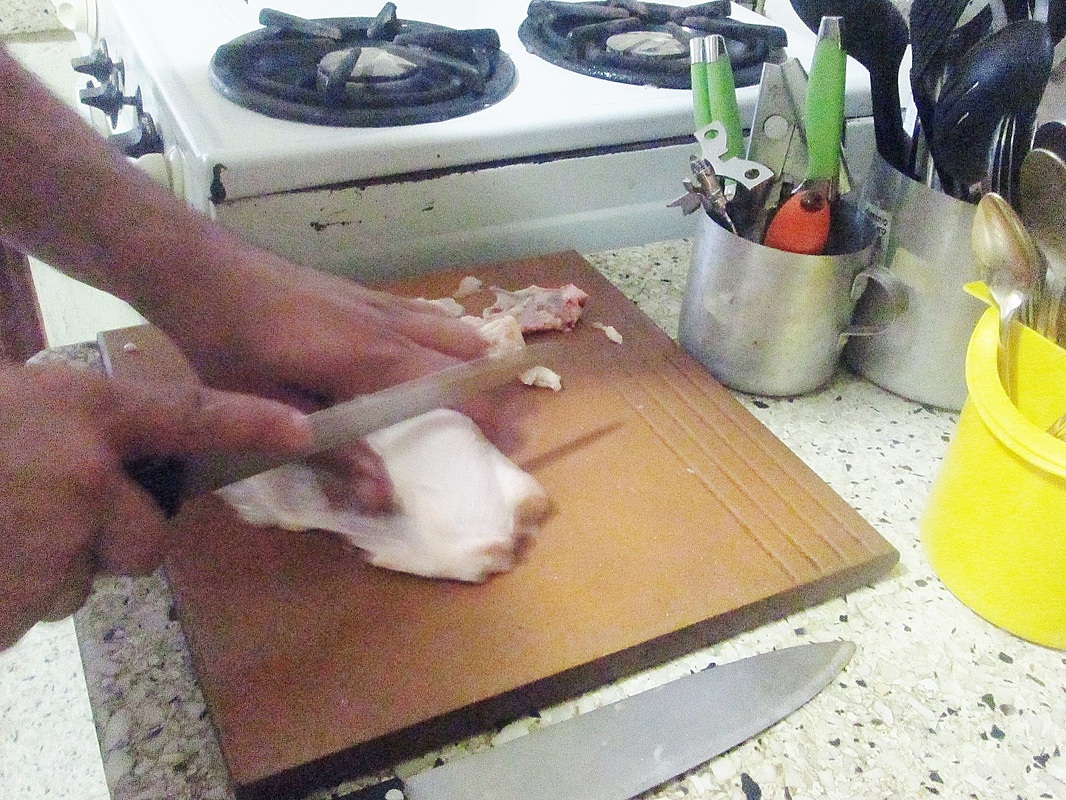
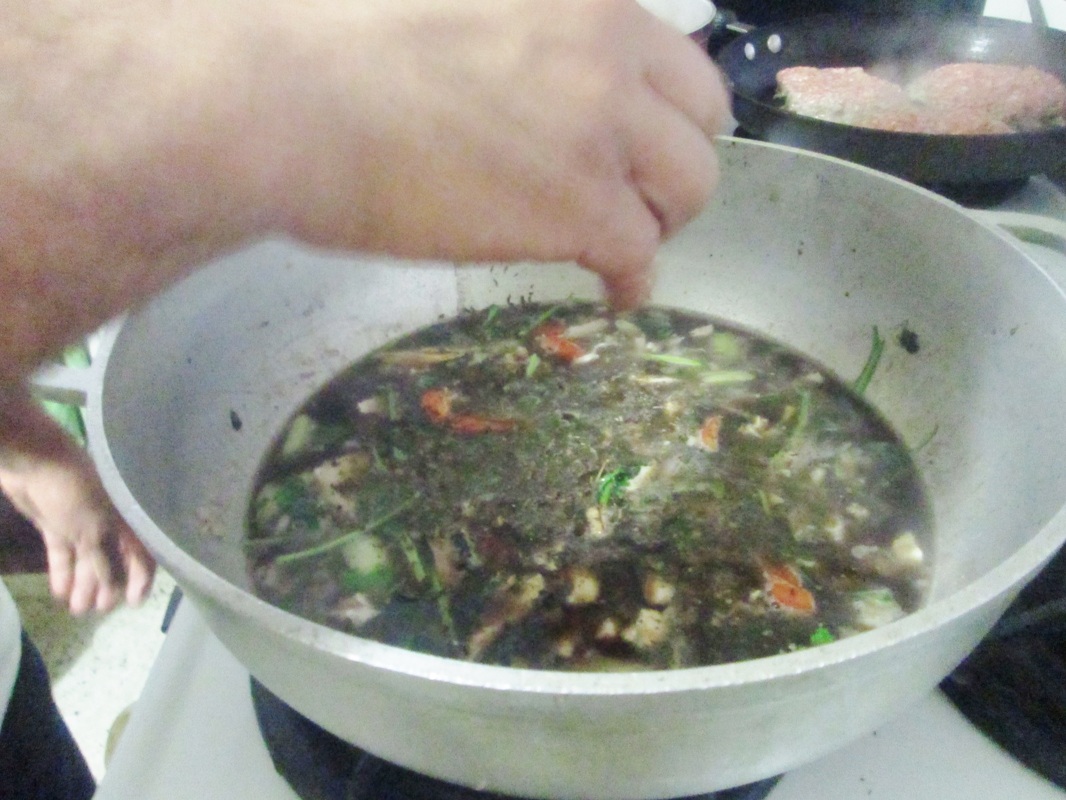

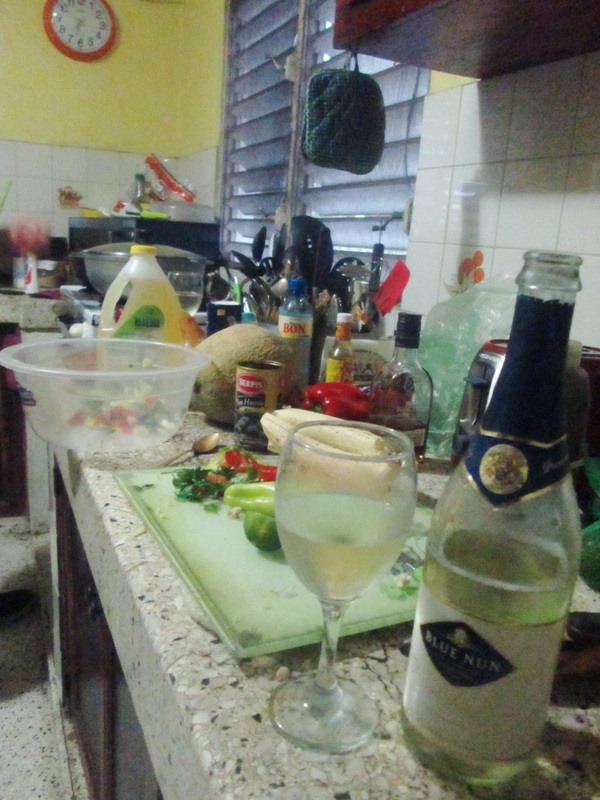
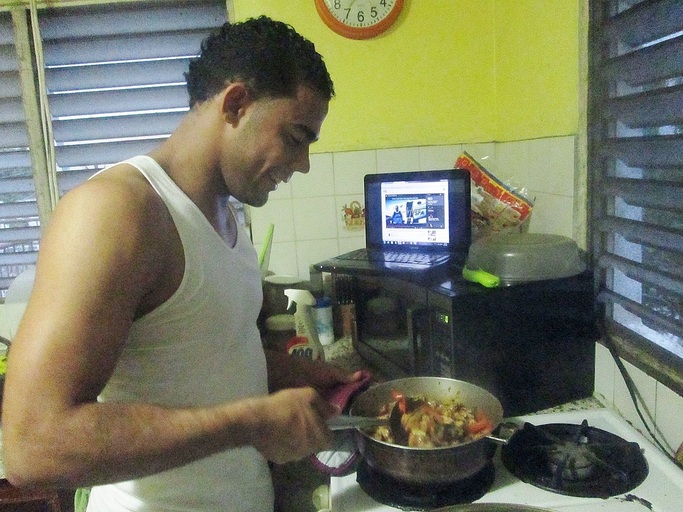
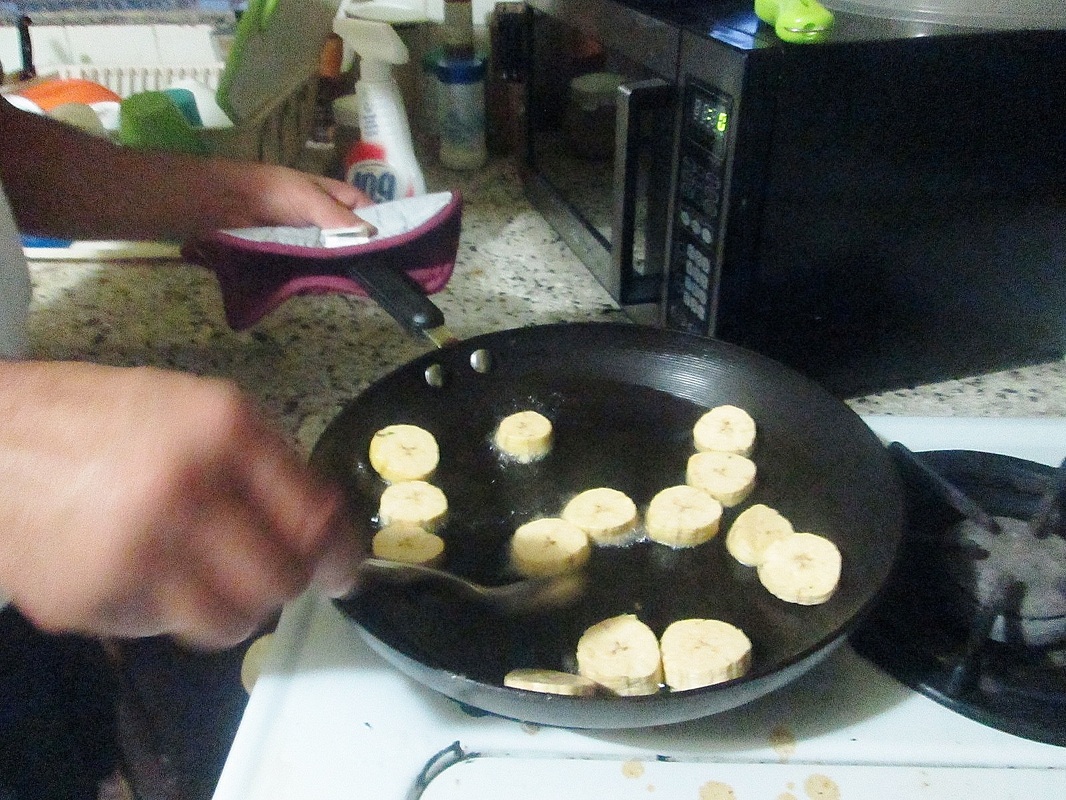
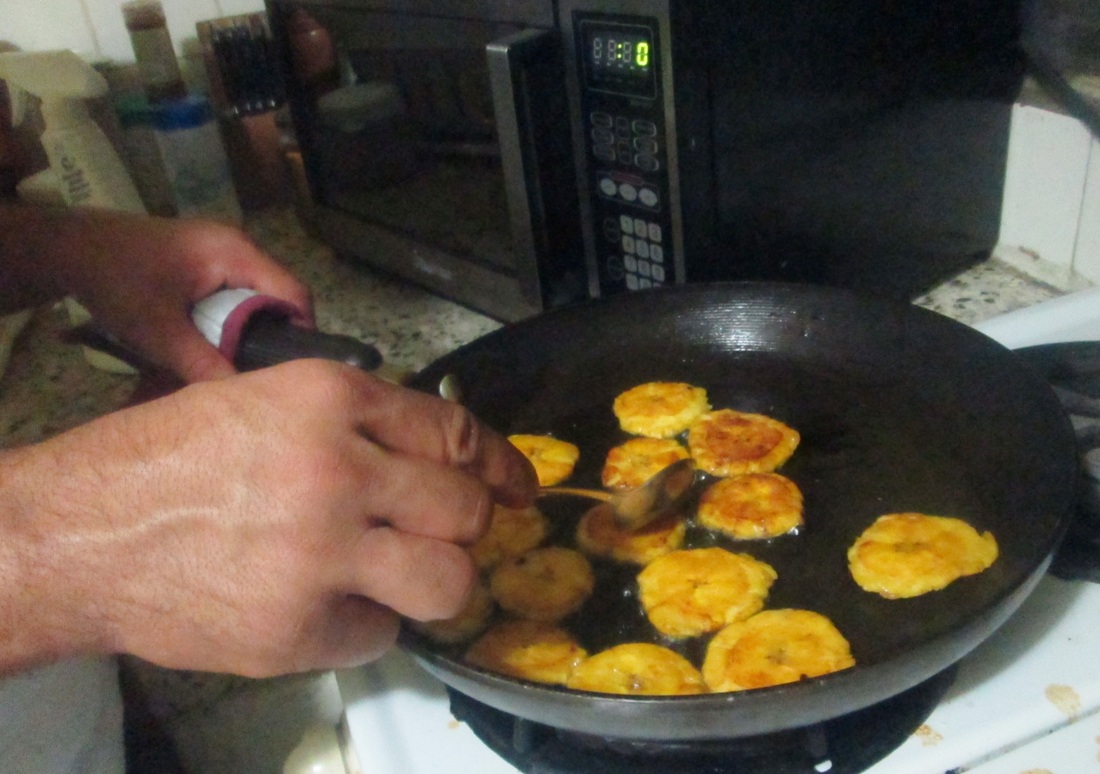
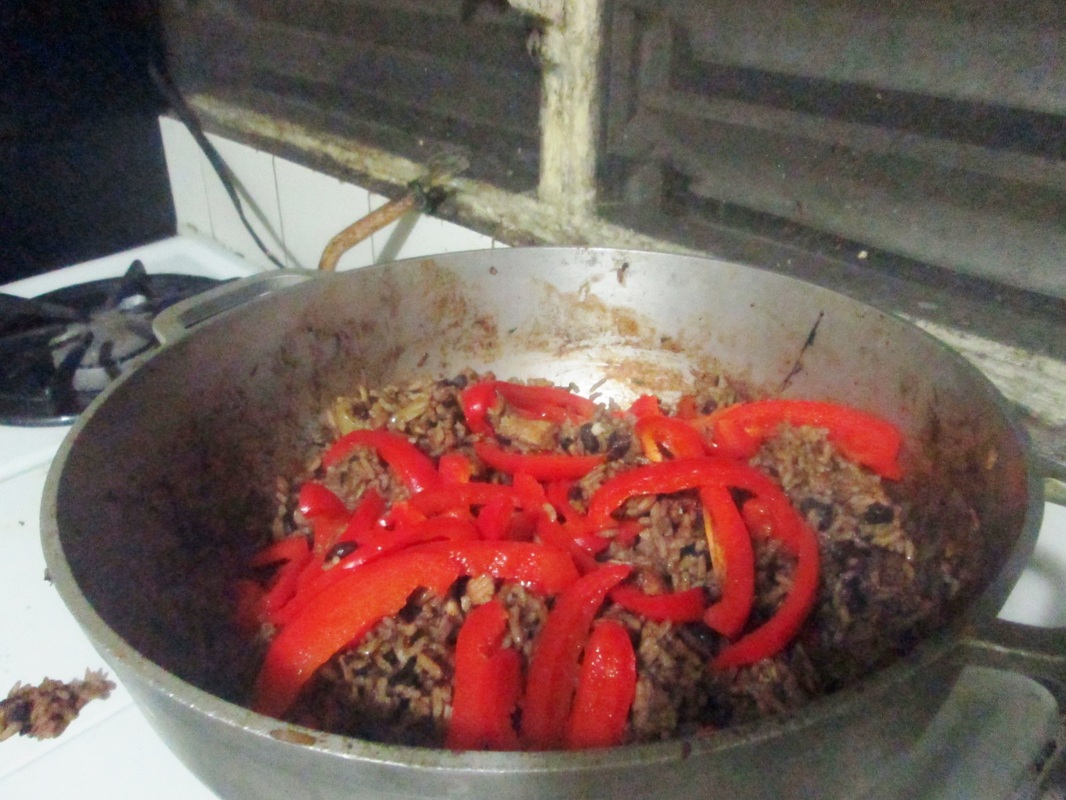
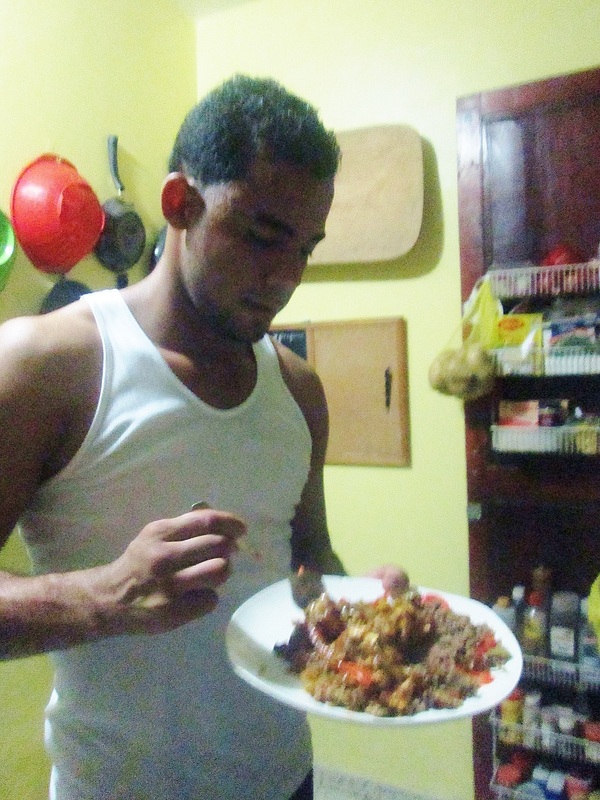
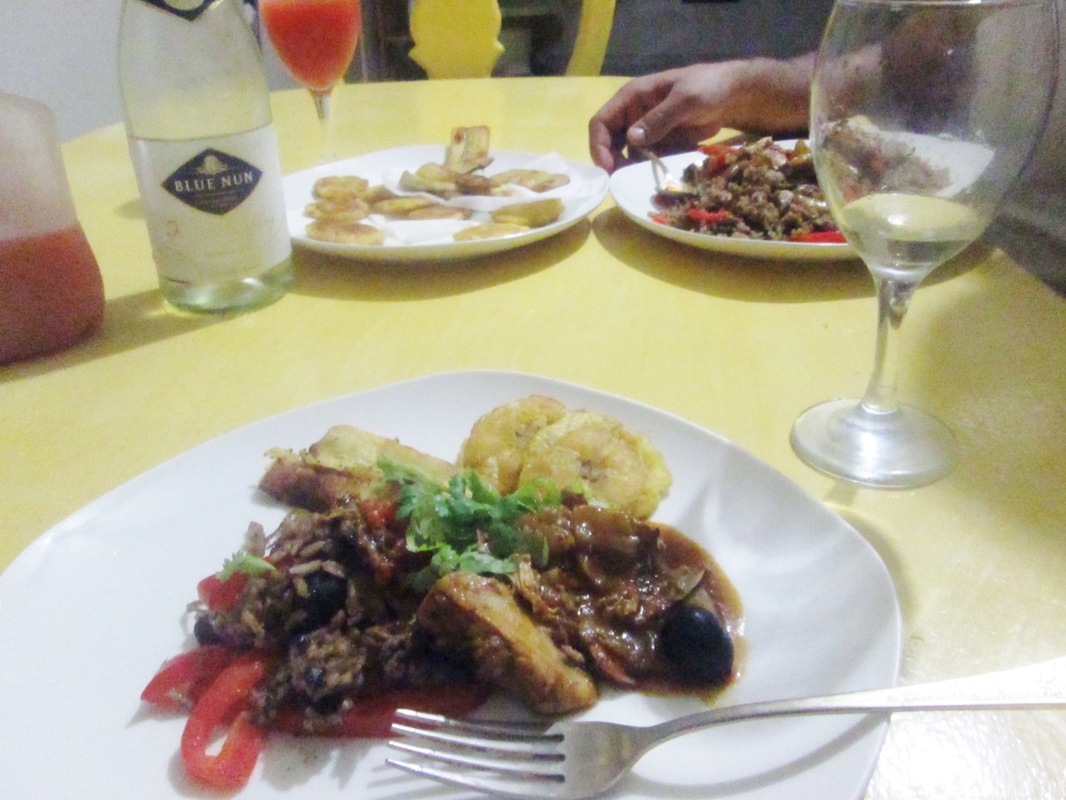

 RSS Feed
RSS Feed
